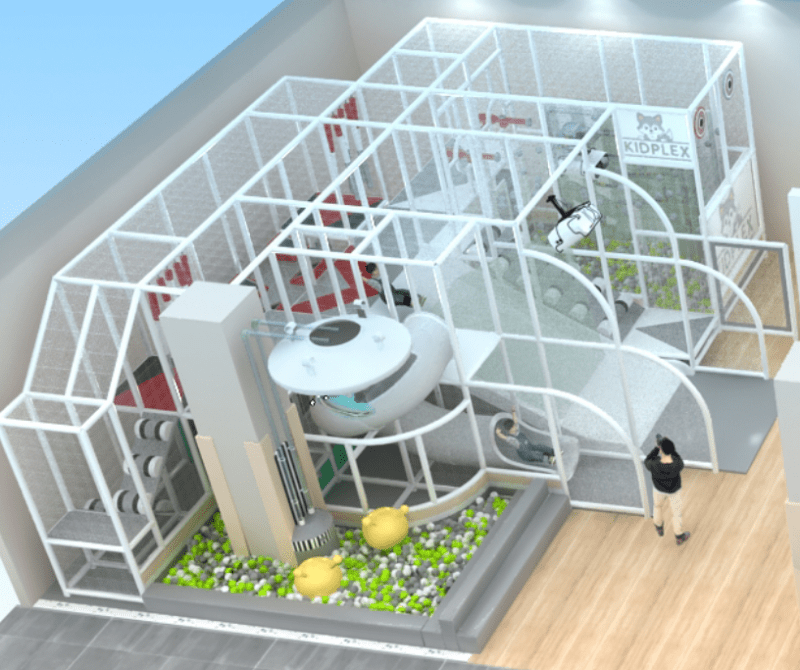Mike C
Structural
- Aug 31, 2024
- 2
The plan checker is requesting a 3D analysis of a playground structure that weighs 4k and is located on the second story of a two-story concrete slab-column building in the Bay Area (California). The frame elements are galvanized pipe sections with base plates anchored into the elevated slab. I need to know what seismic loading to apply in the model for this grid structure. Since it essentially has no diaphragms, I assume I should load it with the mass of each element. However, I have no experience with this type of lateral loading, so I would appreciate any quick and direct answers to help me analyze this structure and move forward. Thank you.


